The historical prospects of the numismatics lie with the universal scientific and Technological interpretation. The metals which form the backbone of civilization are the products of science of extraction from their ores for the various uses of mankind e.g. forming the metals into various shapes, preparation of alloys, thermal treatment of metals and alloys in order to bring out certain desired physical and mechanical properties, the authors of this book uses semi-derivative (Metallographic and Atomic Absorption Spectrophotometer) Metallurgical analysis to show the gravity of archaec materials. It deals with the study of their internal structure and its correlation with the physical and mechanical properties. The silver coins, produced in ancient India by the purely indigenous process of impressing symbols by individual punches, determined weight, shape and size have been termed "Punch marked coin" they are found in India, Bangladesh, Pakistan, Ceylon, Nepal, Afganistan and are conveniently divided into various series, classes, groups and varieties. Its scientific and technological aspects Viz. mode of manufactures, metal content and alloys, metrology etc have been made clear with the most important study of coins through metallography (Microscopic examination) which yields valuable metallurgical information i.e. grain, size, segregation, distribution and non-metallic inclusions- such as slag, sulphides etc. It also deals with the mechanical and thermal treatment. the micro-examination through naked eye or low magnification by zoom-microscope and micro-examination at high magnification by metallurgical microscope deals with the segregation of impurities, methods of fabrication- rolling, forging, welding, brazing, size of grains and presence of acny heterogenity, presence of inclusions-slag, sulphides etc. defects of manufactures; over- straining etc. Banaras Hindu university one of the global universities has contributed immensely to the growth and development of numismatic study in India at every stage. This is a seminal academic contribution interpreting the historical thoughts in relation to scientific as well as technological aspects. Directive thoughts of this book with a study of urgent course as a dissertation for the master degree holders related to the archaeology with semi-sestructive application of the archaeoc materials, (Atomic Absorption sepectrophotometer, metallographic (micro-structure) and harden test) have been demonstrated to work in the light of 11th – 12th century alchemy-text of the "Rasratna Samuchchaya" containing skillful metallurgical knowledge to reconstruct the systematic history of ancient metallurgy in India. This proposrd work "Ancient Indian Coin and their Technology" by Dr. Bhagirathi Prasad, Dr. Devendra bahadur singh & Dr. Shailendra Kumar Singh will be a useful textbook for the students and Research Scholars in a modern scientific and Technological era of the numismatic.
History of Science and Technology
$16.20
$18.00

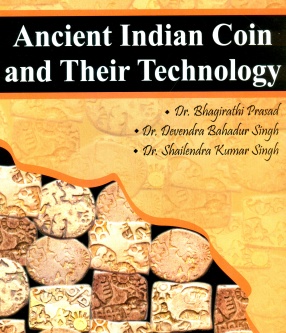
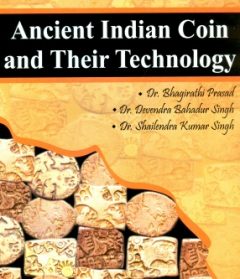
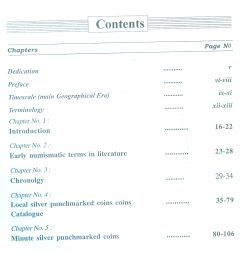
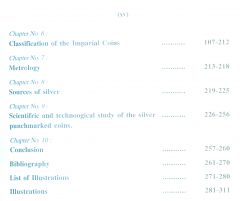

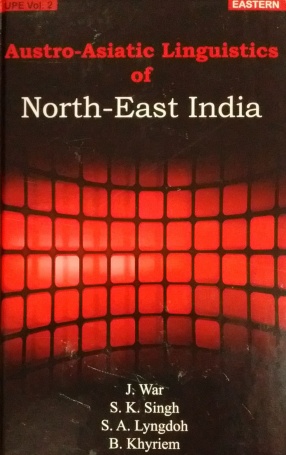
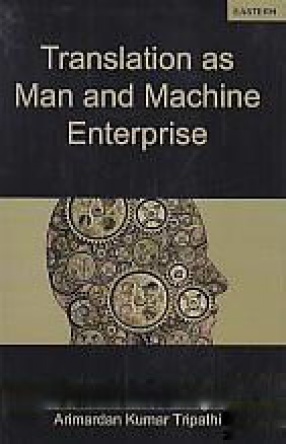
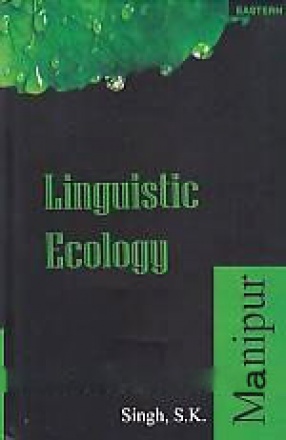
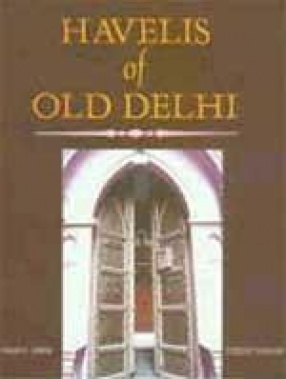
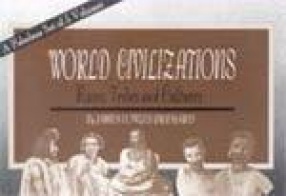
There are no reviews yet.